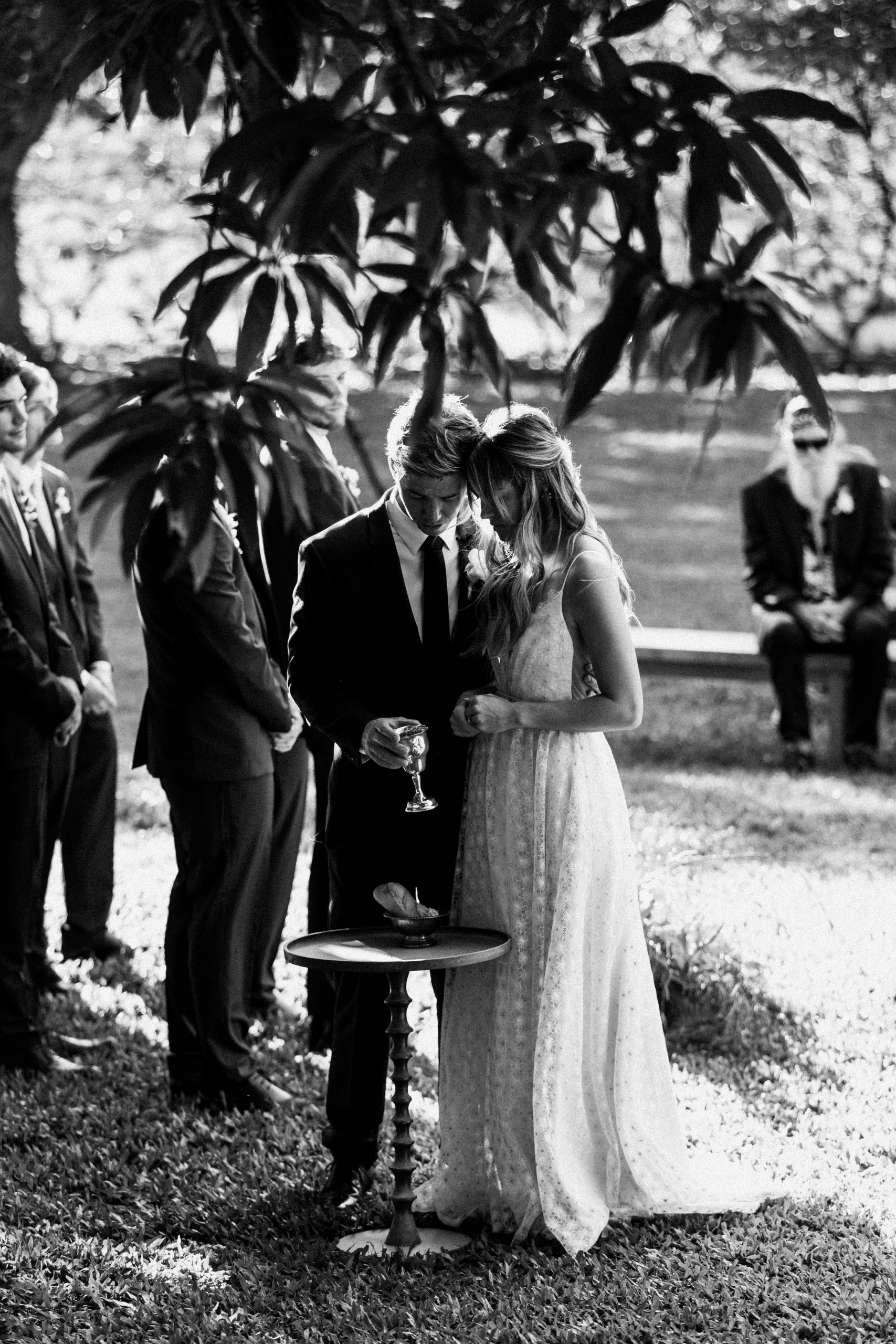FAQ
02.
01.
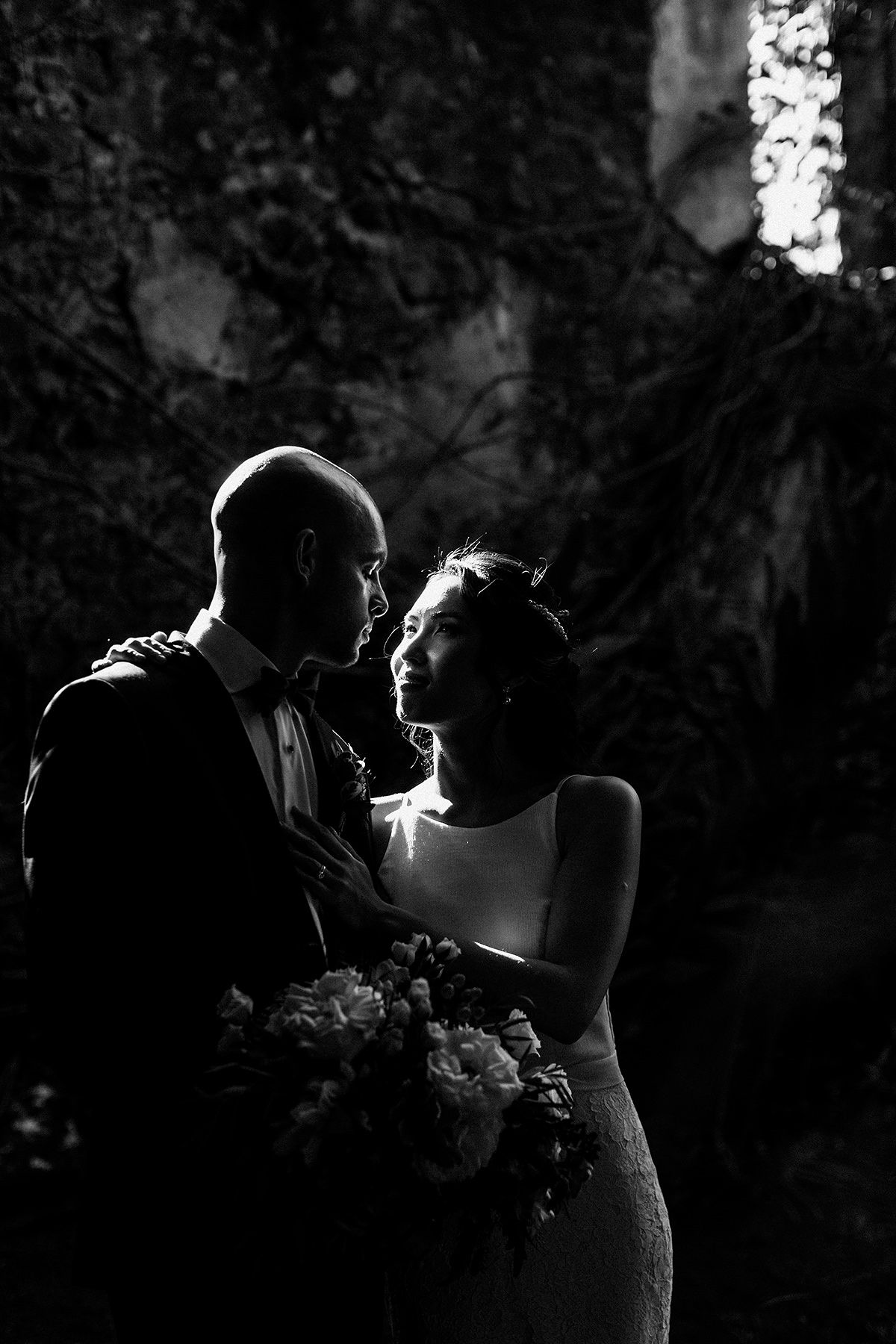
Could you help us out a bit with planning and/or other wedding vendor recommendations?
What is your editing style?
I am happy to help you with your Maui wedding in whatever way I can, (I know Maui better than the other Hawaiian Islands but am learning about them too in terms of wedding recommendations) and have a solid list of talented local vendors I can share with you. If you are eloping this could be just what you need. For a wedding with more moving parts than an elopement, however, I'd refer you to some very capable Maui wedding planners. As for wedding-day time lines it can be advantageous to have me looped in during the planning process or, if you aren't working with a planner, I'm able to help you draft something according to your needs.
05.
04.
03.
Where can we see more of your work?
Are there better times of the day to take pictures than others?
Do you have insurance?
Please let me know what kind of wedding you are having in terms of venue and size and I can send links to galleries which might be similar. Sometimes this can even help couples choose between wedding venues: getting to see photos from throughout a wedding day at venues on their short list.
Yes, I have up to $2 million in liability and if requested, I can share a copy of my certificate with your venue.
Absolutely. Yes. Lighting is key and light changes dramatically according to the hour. For this reason a window is often reserved for portraits of the bride and groom right around sunset, usually the best time to be photographed.
07.
06.
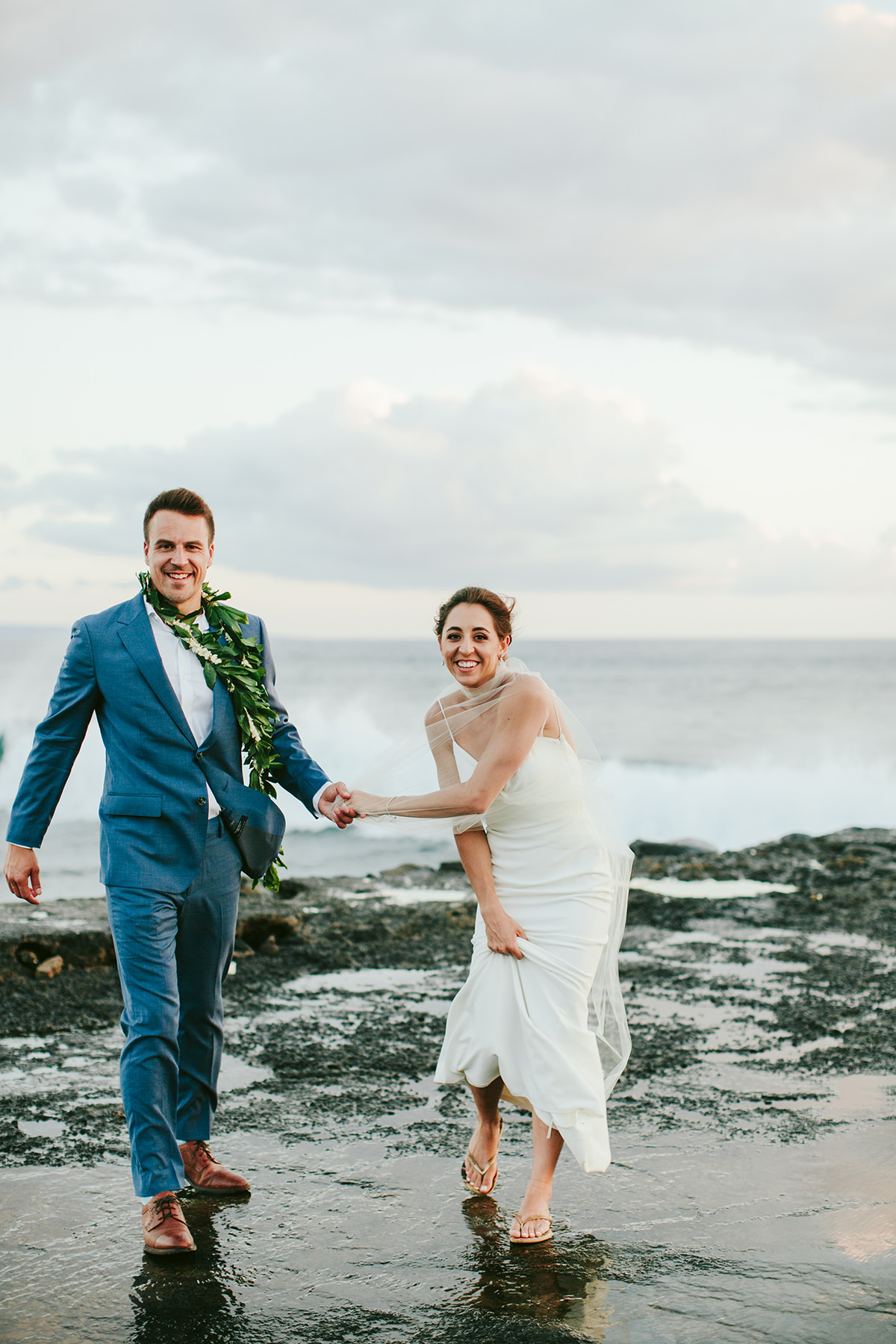
RAW Files. What are they and can I have them?
First looks? Yes or no?
(Short answer: you can if you want.) Raw files are the very large original image files that come out of professional digital cameras. They contain a lot of additional data which provides latitude in post production. Raw files cannot be viewed online or posted or printed - they are a cumbersome file format that is meant for editing and can only be viewed in special software. They are the unpolished, unfinished product and therefore they are of little use to most people. Raw files are also too large to transfer online in any meaningful quantity or store online without additional fees.
Most photographers do not provide raw files to their clients and I don't provide them to most of my clients simply because it entails extra effort and it's not something that most people can make any use of. It is also often the case that photographers don't wish their clients to see the unfinished product or to second guess their editing process. I have no problem with my clients owning their raw files and have recently decided to offer them for a fee which covers the task of procuring a drive, doing the transfer and shipping. Some of my clients are photographers and although they tend to appreciate and like my editing, they wouldn't mind playing around with the odd file themselves or just keeping them as part of their archive, knowing that they could in the future be re-edited from scratch. My editing is intended to be as timeless as possible and I have long avoided strong filters and trends, but I understand and respect the inclination to own these files in any case.
It depends on your priorities and your timeline and even your venue.
Pros: you can enjoy cocktail hour and not leave your guests waiting for you to come back from photos. You can also cover a lot of ground with the bridal party, even go a ways off-site to another location.
Cons: it can feel contrived, especially when you have a photo and video team orchestrating placement and telling you where to stand, where to look and when to "go!" I sometimes wonder if grooms feel pressure to react in a particular way or worry about what that should be. For some people, though, it can be an enjoyable moment to have in relative privacy before all the guests arrive. I've seen it go both ways.
First looks often mean that portraits are going to immediately follow and that it will be in midday when it is typically very hot and light can be harsh. I'm a photographer who would then encourage doing portraits in the open shade or even indoors, and I would still recommend even a quick portrait session of the bride and groom around sunset.
08.
How does Overtime work?
I have an hourly rate on my price sheet if you want to simply add coverage to your package or it can even be played by ear on the wedding day. Sometimes speeches go long or dinner runs late; I'm usually able to accommodate a later stay. You will know the fee in advance and I or your planner will let you know that we are at the end of contracted coverage and ask if you would like coverage to continue or not.
10.
11.
09.
What's your shooting style?
Will you post my images online?
What is editing? What is retouching? What do you do?
As I hinted above, most of the day I take a documentary approach. During the preparation time I do take some detail shots, still life images of the dress, shoes, bouquet, sometimes jewelry and stationery etc. and I often make sure I have a clear space in good light for the bride to get dressed, followed by some beauty shots. During portrait time I get a sense of how much direction a couple needs and wants and work accordingly. I'm pretty low-key and in the background for much of the day, and hoping not to draw much attention. I work with a second shooter on full weddings but feel like it's important that we don't overwhelm a group and give space as needed and shoot with long lenses from a distance if that feels right for the group.
Another word on portraits of the bride and groom: if a timeline doesn't allow for much time or if the venue doesn't offer great Hawaiian vistas as a backdrop, another option is to book an additional portrait session so that we can take our time in some amazing Hawaiian scenery and not worry about anyone waiting for us.
This is something we work out together depending on what you're comfortable with. I am grateful to clients when they allow me to post some images because this is how I generate all of my business. There are different types of postings, of course, from an instagram or two on my own account to being featured in a magazine / blog publication. I understand that wedding images are created for my clients, first and foremost. Most clients are open to posting, but even if they have expressed that they are enthusiastically on board with me posting, I give them a chance to look over their images and then ask if there are any images they'd rather not have shared. Please note that other publications will generally require your permission or a model release before using your images so publication of a wedding on a third-party site generally requires some participation from the newlyweds. If you know that you would definitely like to submit your wedding photos for publication that is also something we can discuss beforehand as some publications have specific rules about exclusivity and needing certain shots. Additionally, I like to discuss the possibility of my sharing of some images with other vendors who participated in the wedding as a show of support.
I deliver "edited" high-resolution files. What that means is that I have processed all of the raw files in Adobe Lightroom (a raw image editing software) and have adjusted each image individually for exposure, rotation and cropping, clarity, highlight and shadow retrieval and colour balance; then I export the files as .jpeg(s) which is a format which I can upload to an online gallery and that you can view and share online, download and print.
Retouching is when an image is brought into Photoshop and altered in a detailed way. This can mean anything from slimming arms to blemish or double-chin removal or even head swapping. This can be incredibly time intensive so it's not something that I typically do until it's time to make an album. Most of my clients also favour a natural, light-handed post production look.
13.
12.
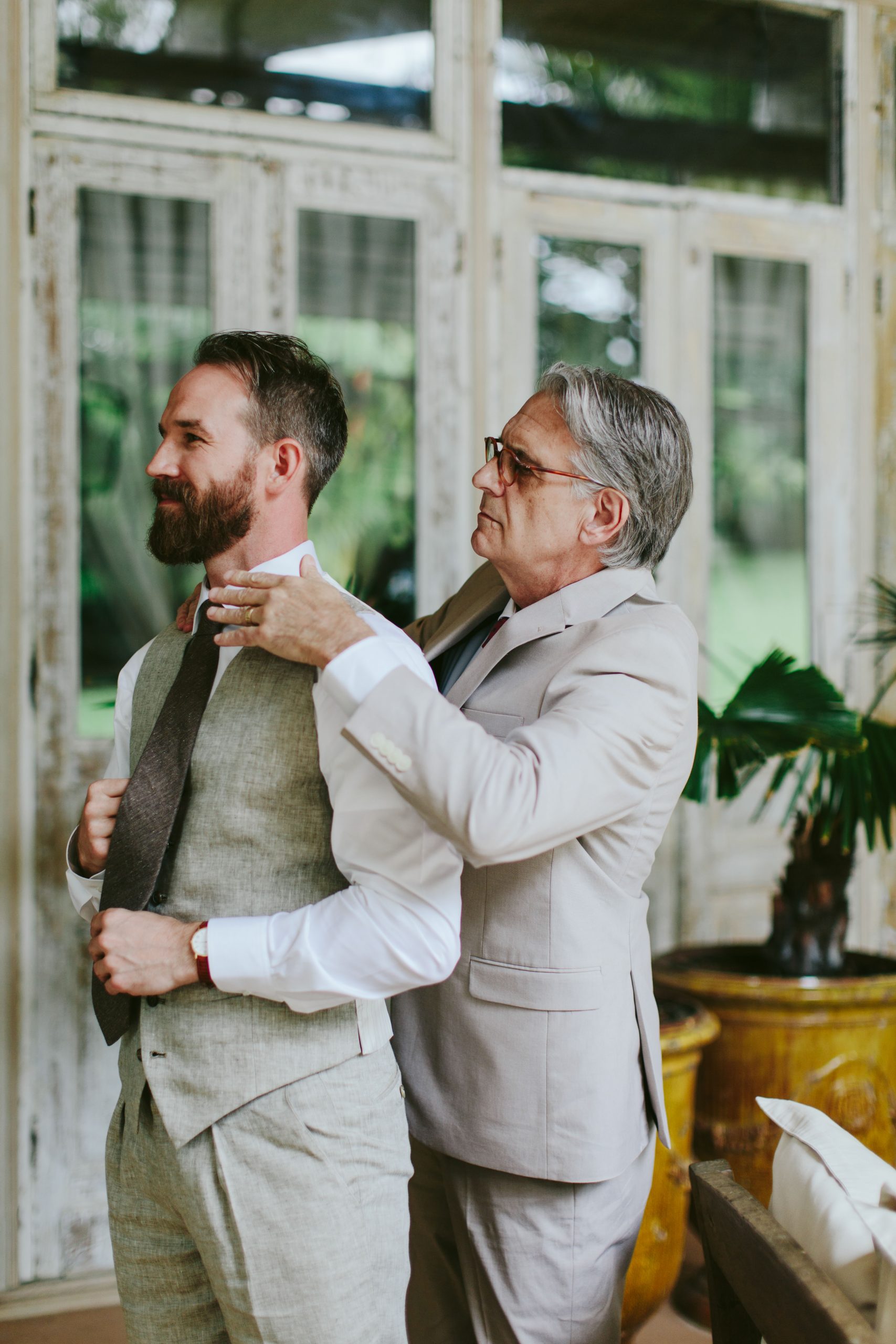
How long will it take to get my photos?
How do I book with you?
Bookings are finalized with a signed contract outlining the terms of our agreement and a deposit to hold the date. As soon as I have made a booking with someone I decline all other work for that date. Should the wedding be canceled by the client, the deposit serves as compensation for lost income and opportunity for that specific date. That is an important function of the retainer in addition to showing that the client has made a decision and our commitment to work together is sealed.
Depending on the time of year it could be two weeks or two months. The vast majority of weddings are delivered well within a month although the second half of 2021 is shaping up to be an intense shooting period due to many postponements and newer bookings. I will do my best and seek assistance when necessary to keep delivery times favourable.
16.
15.
14.
How many images will I receive?
Will you personally shoot the wedding?
Have you ever canceled?
No. I have photographed hundreds of weddings since 2001 and have never canceled on a client. I take my contracts very seriously. I plan my personal life and adventures around my weddings and not the other way around.
On average usually 60-75 per hour.
Black and white duplicates are on top of that figure.
Yes, absolutely. I don't subcontract weddings. I'm a small boutique studio delivering personal service.
17.

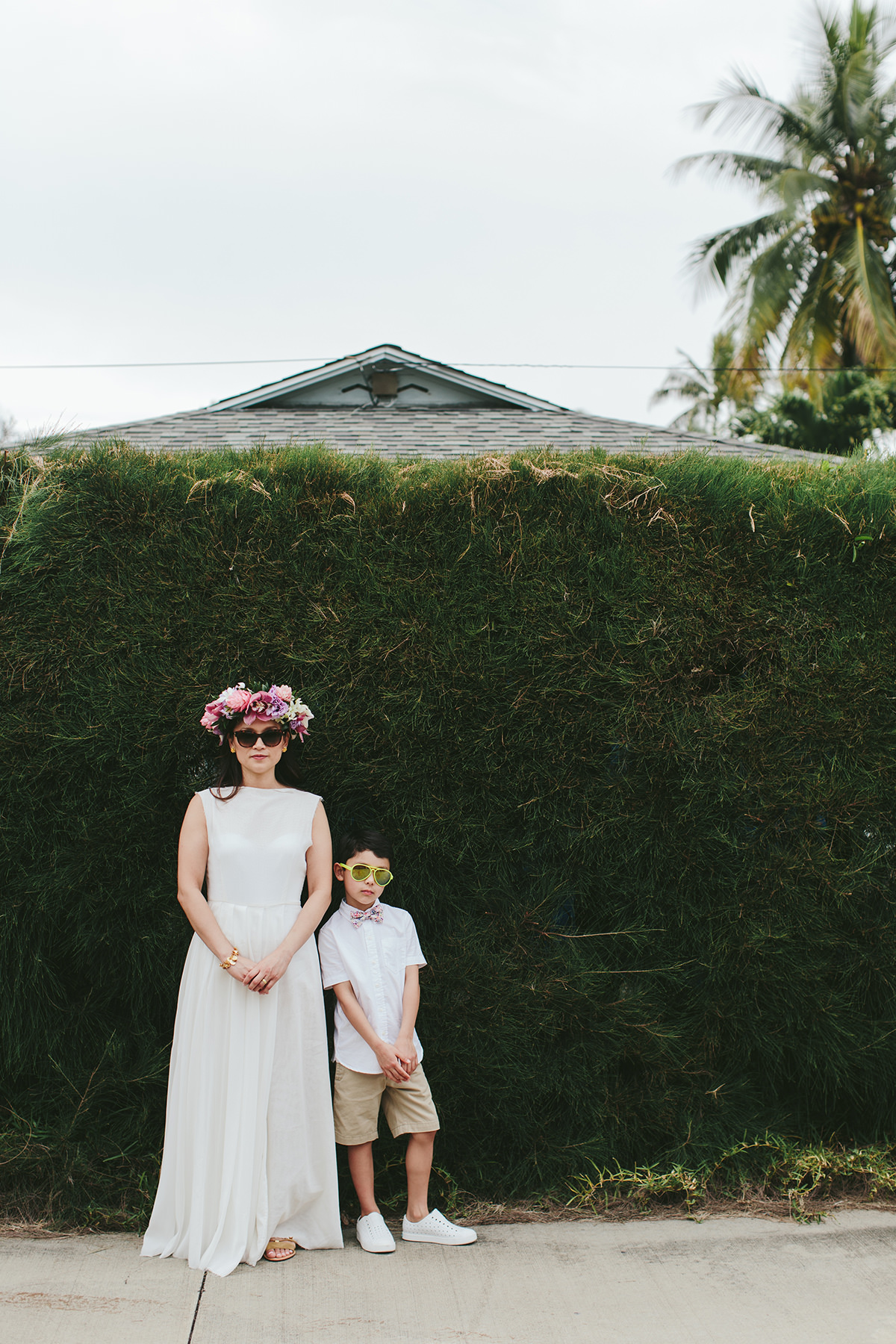
How do I receive my images?
You will receive them via private online gallery which you can download in its entirety in a zip folder or by one file at a time, as needed. (USB keys are things of the past.) You can download both high res files for printing or web-sized files for easy sharing. The gallery is hosted for a full year but I encourage you to backup your files. Once the year is up you'll have the option of extending the hosting. You will also receive an online slideshow set to licensed music which you can download as an MP4. There is a store associated with the gallery which carries some carefully selected print products but you are not obliged to buy from it and can print your files anywhere you like.
21.
20.
19.
Do you pose us?
Do we need to feed you?
Can my guests take photos?
I used to cringe at this question because 'posing' was a dirty word back in the early 2000s when I was starting out in wedding photography. Strict photojournalism for weddings was the way to go and posing was thought to make for cheesy wedding photos. These days most of my clients welcome a bit of guidance for flattering portraits to complement the documentary, candid images from the rest of their wedding. Because my clients want to spend most of their wedding day with friends and family and not on an extended fashion-type shoot, I will absolutely give assistance and direction so we can get great images in a reasonable amount of time. If an arm or jawline will look better with a bit of adjusting, or if you feel awkward, I am there to help.
If we are covering a full wedding and staying to cover the reception as well then we are dearly appreciative of food. It keeps us energetic and inspired. Feeding your photo / video team when the guests are eating is by far the best time to do it since guests generally do not wish to be photographed when eating and there is usually a natural lull in the program at dinner. We do not require seats at one of your guest tables and can find ourselves a little perch somewhere discreet but close by. If you are having a buffet and don't mind that we help ourselves at the end of the line, please let your coordinator / venue know because without your express permission, which I am not comfortable troubling you for on the wedding day. It is not appropriate for vendors to ask regarding food at many venues and the buffet extras go to waste instead.
Of course! It's part of how people participate enjoy and experience life these days. I have, however, shot weddings where it was almost impossible to get a shot of a parent's face without a phone or iPad obscuring it. I would recommend reminding key players that you have the event professionally covered and that images will be shared so they can relax and enjoy it for themselves.
It's also possible to let your wedding guests know that you have chosen an "unplugged" wedding ceremony. This means that guests are asked via stationery, signage and a reminder from the officiant that the bride and groom would like them to refrain from taking photo and video footage during the ceremony. It's lovely to see people present for these moments and from a photographic perspective it's much better to see people's faces and not the back of their wireless devices. This can be especially true when the bride is walking down the aisle through a corridor of iPads. That said, I'm used to working with both scenarios and making the most of any challenges.
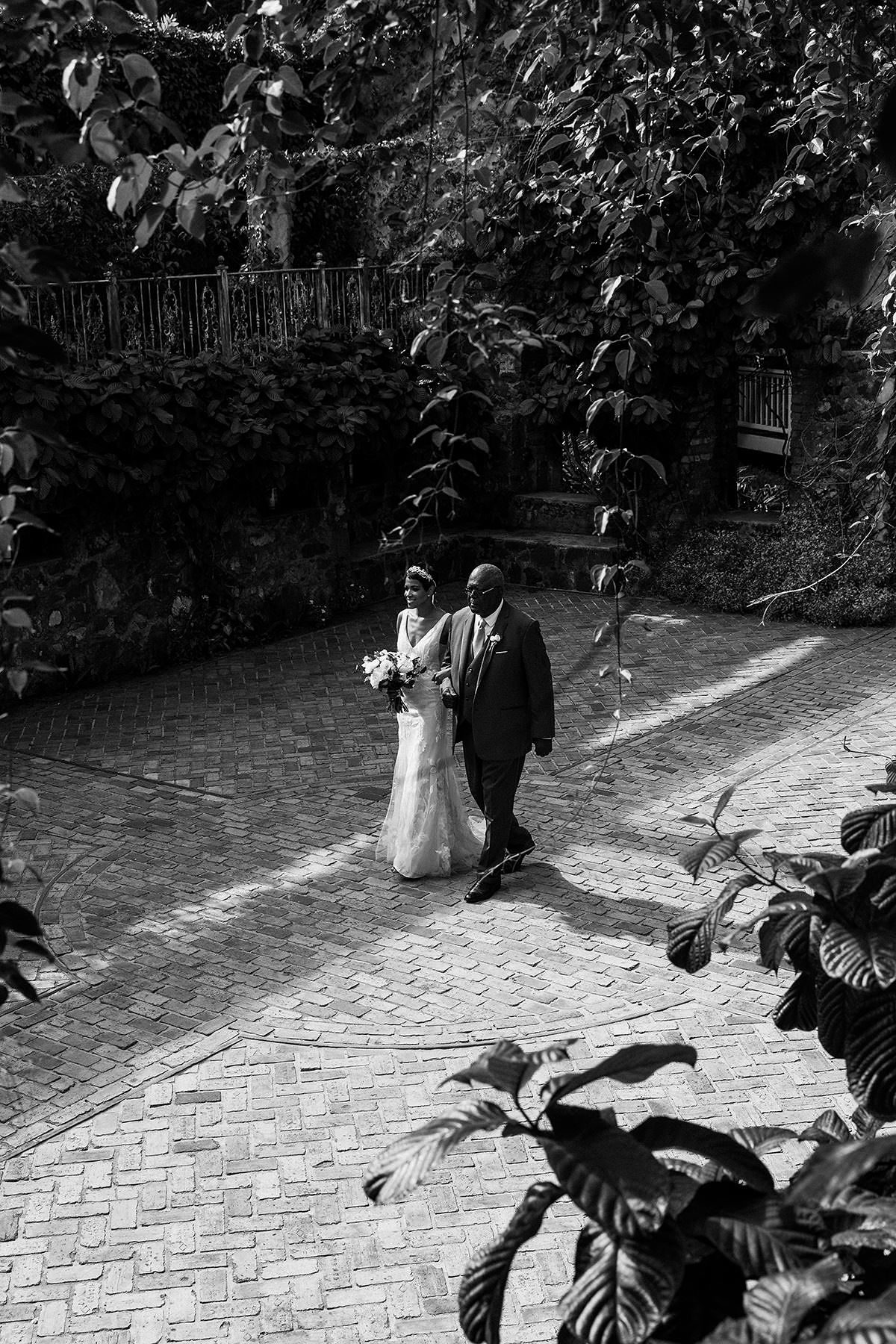
23.
22.
Can you /do you like working with video?
Do you require a
"shot list"?
Some videographers are a dream to work with and we inspire each other as we work. Others have a very different vision and way of working with couples and will require different setups in lighting and posing. Some videographers work solo and some are a team of six or even more people, which can impact your experience and ease of working with others. Some videographers are happy to take a "behind the scenes" approach during our portrait time and some require their own creative time to direct you. It's good to know these things in advance so that one can plan for them to have the time they need, or you can let them know if you have a priority at certain times.
It's ideal to know in advance so that we can all know your preferences and plan accordingly. Each vendor feels an obligation to produce great work during the same period of time. I am happy to follow my client's direction as to the allocation of time and their priority. For an example, a client once instructed the planner that the video team should have priority for the first dance because it was a carefully choreographed number the couple had worked on for months and uncompromising video capture was very important to the groom. I was extra conscientious about staying out of the videographer's shots, using a long lens to get my frames from further back, and letting video take the lead.
Many publications, in an attempt to be useful to brides, will provide sample shot lists which can be passed on to photographers. I do not require one; I find them difficult to carefully consult since I am constantly in a state of observation and anticipation when I'm working. That said, if you have specific group shots in mind, that's where a list can be helpful, especially if it's given to a sibling or cousin who can help round up people in various groupings. If you are concerned that I get a very particular shot, perhaps a detail of a family heirloom or a portrait with a special guest or a moment in a ritual which I may not be familiar with then yes, please let me know in advance and feel free to check with me on the day or point out the detail that is important. Apart from that, I am well versed in what shot lists suggest and do my best to provide those images and more.
24.
Do you provide video?
No. My specialization is in still photography and I am committed to concentrating on that craft. I am happy to refer my clients to skilled videographers for their wedding films.
26.
25.
Do you do family photo sessions?
Who holds copyright of the images?
I am often very booked and extremely busy with wedding clients, but that doesn't mean I can't enjoy a Maui family photo session at one of the abundant variety of beautiful photo locations around the island.
To see some Maui family photo sessions.
Legally the photographer holds copyright of a photograph. My clients have the right to use and share their images as much as they like provided that it is for 'personal' not 'commercial' use. Basically clients cannot sell the images.





